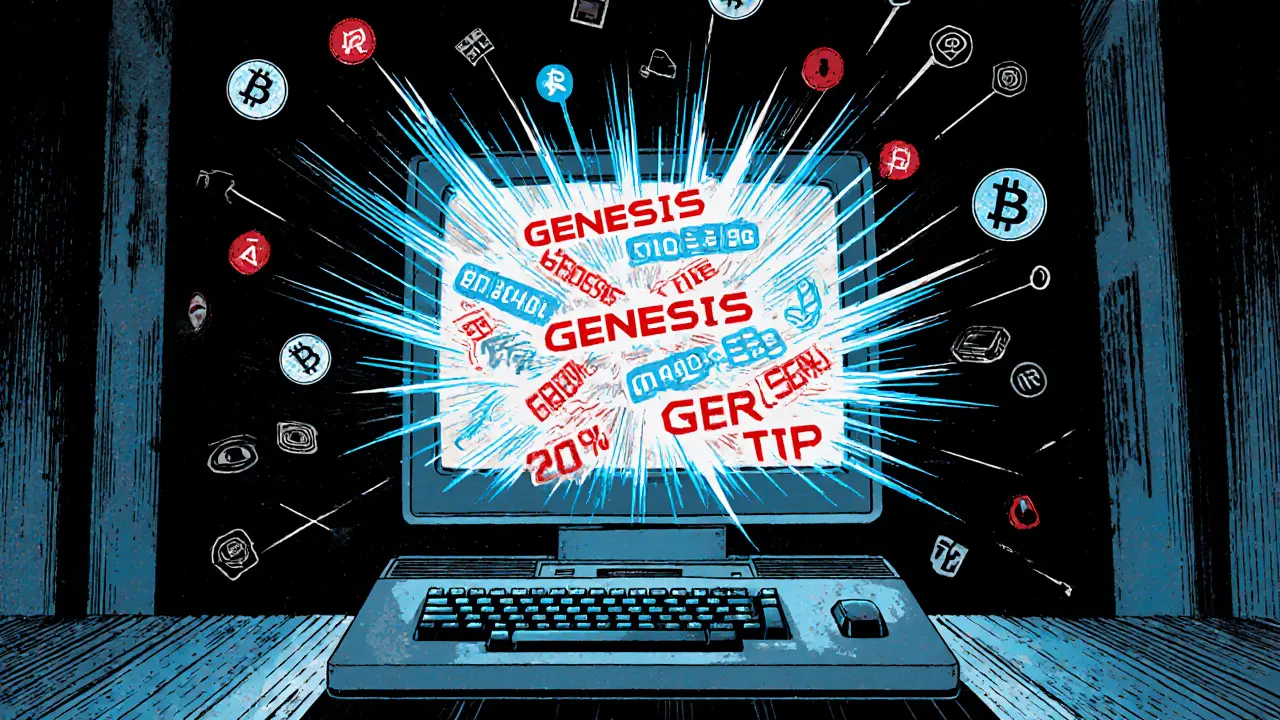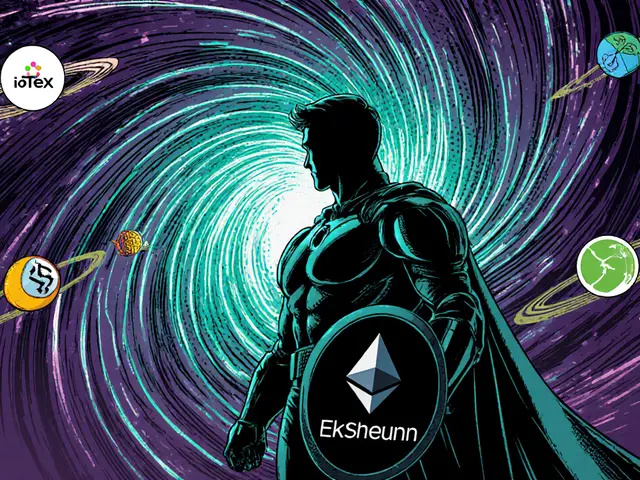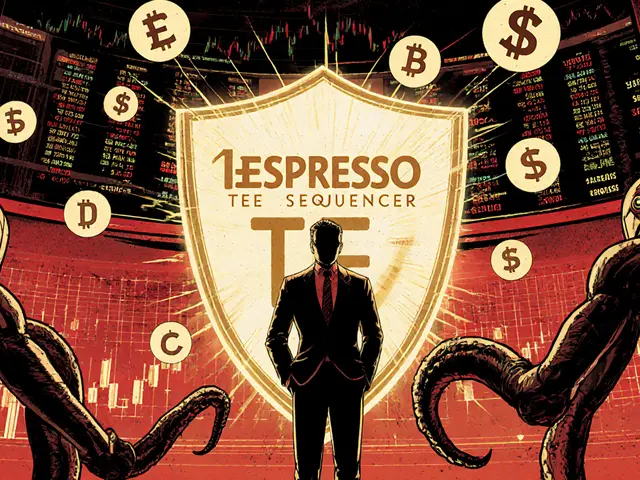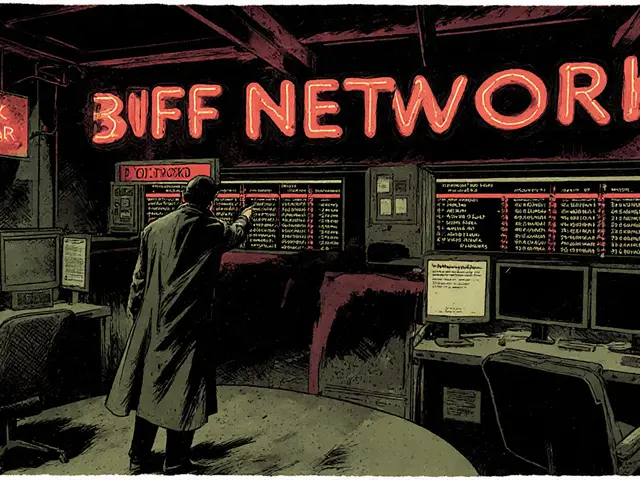Bitcoin Node: What It Is, Why It Matters, and How It Powers the Network
When you run a Bitcoin node, a computer that fully validates transactions and blocks on the Bitcoin network. Also known as a full node, it’s the backbone of Bitcoin’s decentralization—no bank, no middleman, just code and consensus. Every time someone sends Bitcoin, your node checks if the transaction is real, if the sender actually owns the coins, and if it follows all the rules. If it doesn’t, your node rejects it. That’s how Bitcoin stays trustless. You don’t have to trust anyone—you just trust the math.
Not all nodes are the same. There are full nodes, complete copies of the Bitcoin blockchain that verify every rule, and then there are light nodes, simplified clients that rely on full nodes to check transactions. Light nodes are great for phones and quick payments, but they can’t enforce rules on their own. Only full nodes can. Then there are miners, specialized nodes that compete to add new blocks and earn Bitcoin rewards. Miners need full nodes to validate their own work—otherwise, they’d waste electricity on invalid blocks. The whole system depends on this chain of checks.
Running a Bitcoin node isn’t just for tech fans. It’s a quiet act of resistance against centralized control. When governments push CBDCs or exchanges freeze accounts, a self-hosted node lets you interact with Bitcoin on your terms. You don’t need to ask permission. You don’t need to trust a third party. You just need a decent internet connection, a little storage space, and the will to run the software. And yes, it’s slower than using a wallet app—but it’s the only way to truly own your Bitcoin.
The posts below dive into what happens behind the scenes: how nodes validate transactions, why some nodes get slashed or ignored, how blockchain data structures like Merkle trees keep everything organized, and why certain exchanges can’t be trusted when they don’t run their own nodes. You’ll see real-world examples of what goes wrong when nodes aren’t running—like when Kazakhstan shut down mining and disrupted the network, or when fake tokens like Wrapped USDR trick people into thinking they’re real. This isn’t theory. It’s the operating system of money—and you’re holding the keys.






